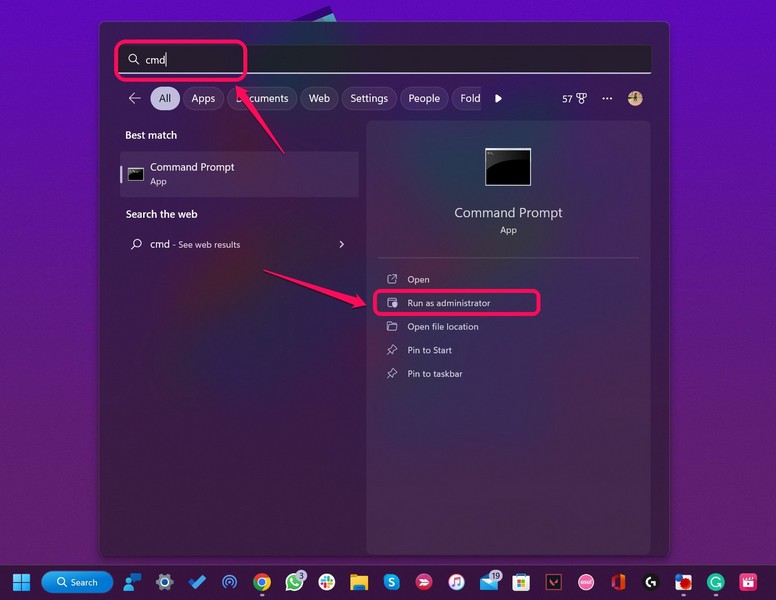However, by default, the Show file extensions feature is disabled in Windows 11.
And in this in-depth guide, we will help you learn just that, with easy-to-understand, step-by-step guides.
Check them out in the following sections.
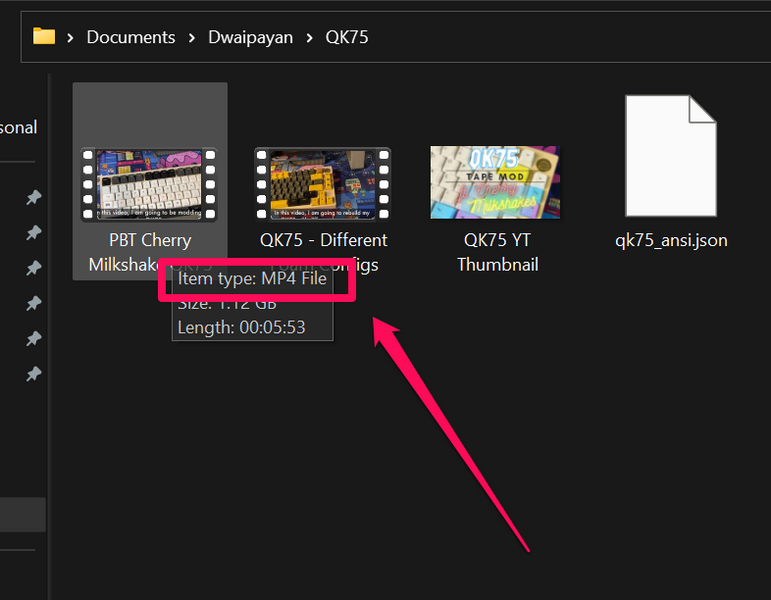
This will always show the file extensions as a suffix with the file names on your unit.
In this box, you cancheck the file extensionof the file beside theType/Item typeparameter.
2.Click theViewoption on the top menu bar andtake the cursor to theShowoption at the bottom.
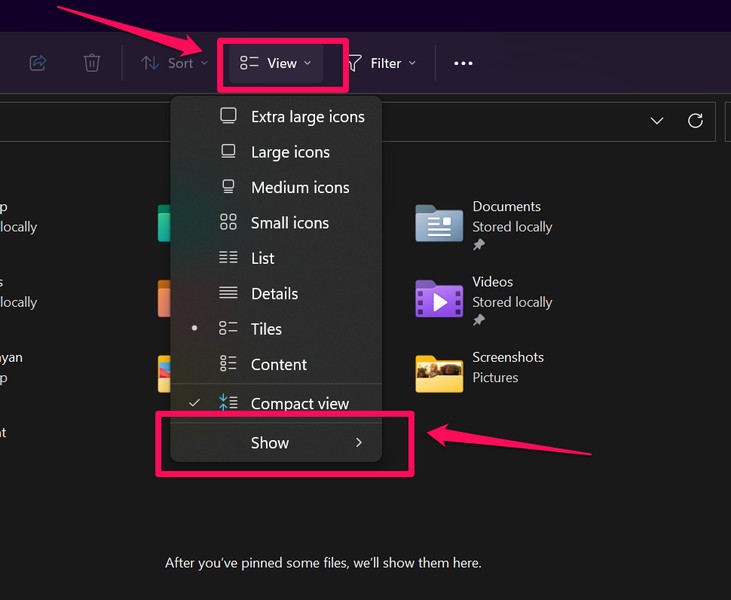
3.On the following drop-down menu, click theFile name extensionsoption to enable it on your unit.
2.Click thethree-dot buttonon the top menu bar and selectOptionson the drop-down menu.
3.Now, in theFolder Optionswindow, go to theViewtab on the top navigation bar.
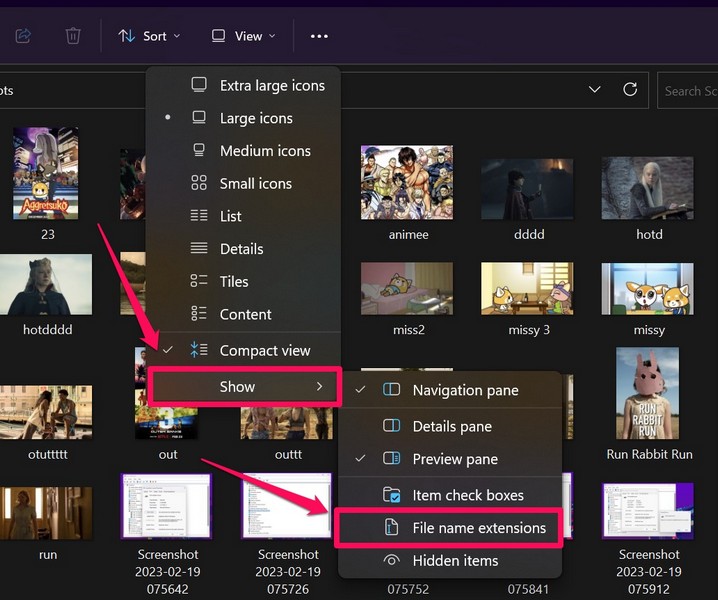
4.Next, under theAdvanced settingssection, uncheck theHide extensions for known file typesoption on the list.
5.Hit theApplybutton below to save the change on your gear.
2.Once theCommand Prompttool shows up in the search results, click theRun as administratorbutton.
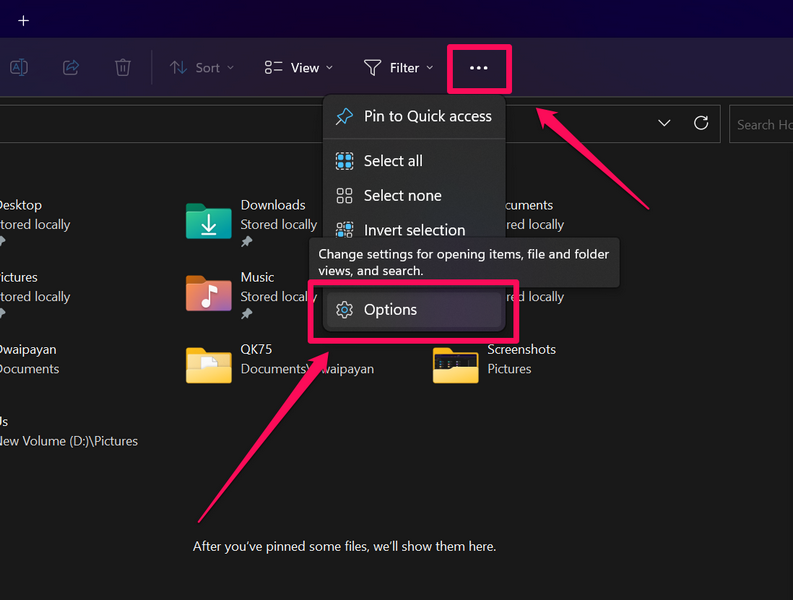
3.ClickYeson the following User Account Control prompt.
Exit the Command Prompt windowafter the process is completed.
FAQs
What are file extensions in Windows 11?

What are some examples of file extensions?
Examples of file extensions include .jpg, .jpeg, .mp3, .mp4.
.exe, .json, .mkv, .mov, .doc, .docx, and many others.
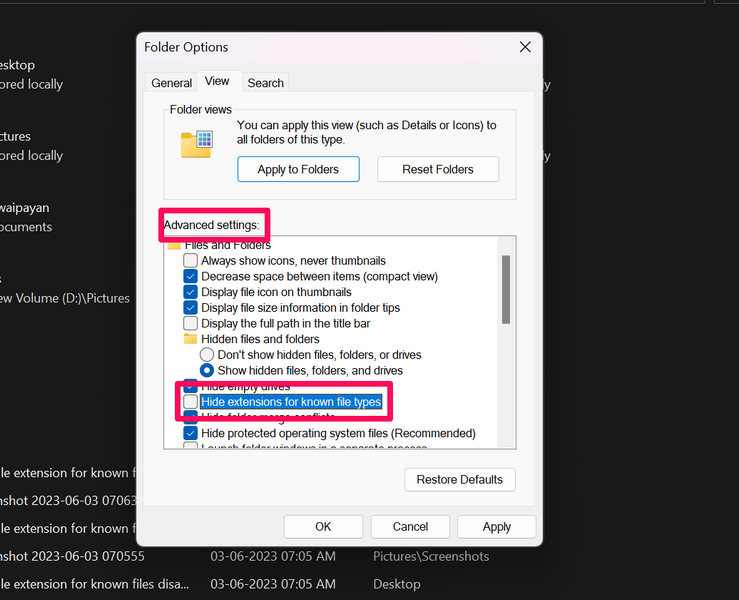
Are file extensions visible by default in Windows 11?
No, file extensions are not visible by default in Windows 11.
How to turn off file extensions in Windows 11?
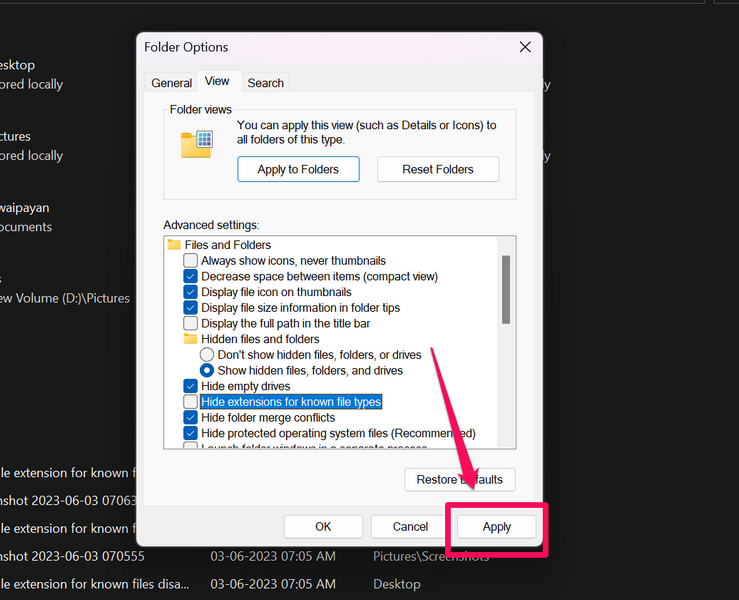
Now you’re able to Easily Show File Extensions in Windows 11!
So, there you have it!
